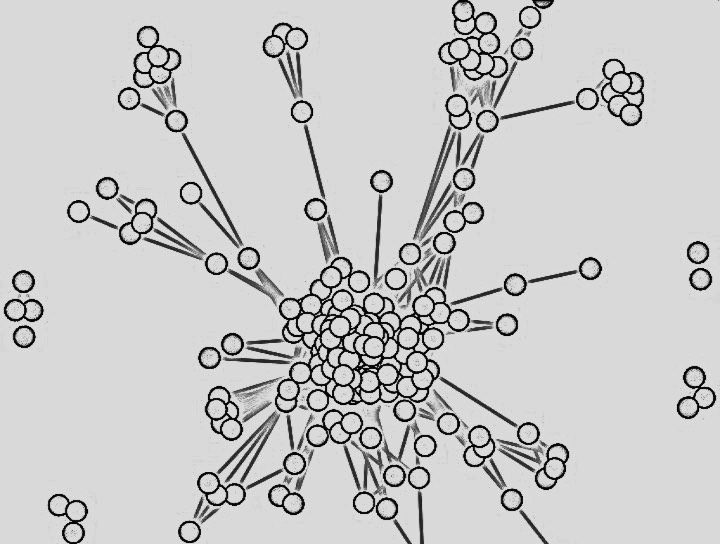The PML-CBIOMES team led by Shubha Sathyendranath is actively engaged in developing new and improved products to extract increased detail from satellite color data. In a recent paper, they turn their attention to primary production in the Arctic.
Reporting by Helen Hill for CBIOMES
The climate of the Arctic Ocean is changing rapidly with among the strongest warming trends on the planet. A number of studies are suggesting that these rapid changes in the physical environment have profound effects on the regional marine ecosystem by, for example, significant increases in phytoplankton biomass and biological production, earlier annual phytoplankton bloom maxima, and increased incidence of secondary fall blooms.
While it is particularly important to better understand conditions and changes in the early and late parts of the growing season, sustained, long‐term observations at high spatial and temporal resolution remain difficult to acquire, inviting innovation. A recent paper from Bror Jönsson and fellow CBIOMES investigators Shubha Sathyendranath, and Trevor Platt, uses ocean color products in a new way to track trends in the length of the season suitable for phytoplankton growth in the Arctic. The paper appears in Geophysical Research Letters.
“Harsh environmental conditions, difficulty of access, and lack of infrastructure all hamper in-situ Arctic observations,” says Jönsson, “while low light and high solar angles in the polar winter, together with ice and cloud cover, challenges the normal use of satellite‐derived chlorophyll fields in the region.” Jönsson continues: “We have been exploring a new method to use ocean-color by flagging pixels as open water, ice, or cloud to create valid-invalid data masks. These masks allow us to detect changes that we think are relevant to the phytoplankton community.”
The Jönsson et al study provides precise estimates for the start and end of the season observable by ocean color satellites, and the light availability at the start and end of the clear‐sky, open‐water season. “Although it is quite challenging to determine when light is too low to allow net positive community production without a full understanding of the biological and physical conditions, we estimate that a significant portion of the region experiences sufficient light levels to support phytoplankton growth even while ocean color retrievals are impeded. This has potentially significant implications for how primary production in the polar regions should be estimated from space, as well as rich opportunities to study the lag using models,” says Jönsson.
The team found strong positive trends in the Arctic open-water season close to the ice sheet, generally consistent with other sea-ice products, and weaker but significant, trends in winter cloud cover in the North-East Atlantic with no seasonal ice cover. Decreases in sea-ice and cloud cover will both increase light availability at the sea surface which can potentially enhance phytoplankton growth.
“Our new results also show how ice and clouds affect the amount of light that reaches the sea surface at the start and the end of the winter season,” explains Jönsson. “An earlier start of the season means paradoxically that less light is available since the length of the day is shorter. The trends in ice‐free regions we observe indicate that changes in winter cloud conditions could be a hitherto underrecognized factor promoting earlier phytoplankton blooms and a longer season favorable for phytoplankton growth, but it’s complicated…”
For more, see Bror’s 2020 Annual Meeting microtalk
https://cbiomes.org/2020/05/26/bror-jonsson/ [login required]
Publication
Bror F. Jönsson, Shubha Sathyendranath, Trevor Platt (2020), Trends in winter light environment over the Arctic Ocean: a perspective from two decades of ocean‐colour data, Geophysical Research Letters, doi: 10.1029/2020GL089037
Get the PDF [Requires login]
Related
Bouman HA, Jackson T, Sathyendranath S, Platt T., (2020), Vertical structure in chlorophyll profiles: influence on primary production in the Arctic Ocean, Phil. Trans. R. Soc. A, doi: 10.1098/rsta.2019.0351
Get the PDF [Requires login]


